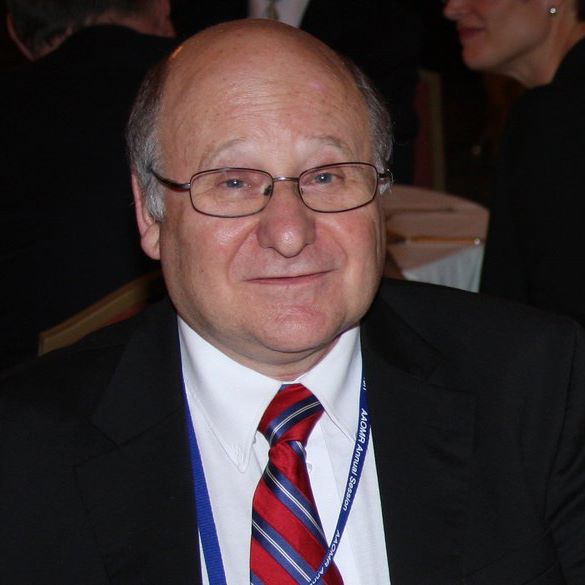Login to access our platform or register if you're interested in our CT reading services.
Please compress (Zip) your Dicom CT files before uploading them since this reduces the transmission time. For a guide showing how to log in and upload your files click here
Patient radiographs, referral forms and reports are stored on an HIPAA compliant cloud server maintained by Citrix Inc. Data is backed up daily.
| Sample Reports: |  |
Carotid Artery Calcifications |  |
Pre-Implant Assesment |  |
Third Molars |  |
Temporomandibular Joints |
Year of Experience
Years of Teaching and Reporting Radiology
Or more Patents
Or more Refereed Scientific Publications
Douglas K Benn BDS, DDS, PhD, trained as an Oral and Maxillofacial radiologist at Guy's Hospital, University of London and the Royal College of Radiologists, England. For 12 years he was tenured Full Professor of Maxillofacial Radiology at the University of Florida College of Dentistry and Full Professor of Radiology in the Department of Diagnostic Sciences, Creighton University School of Dentistry, Omaha, Nebraska.
Dr. Benn is an author of more than 50 refereed scientific papers on radiology and the inventor of several patents. He was Editor-in-Chief of Dentomaxillofacial Radiology, the peer reviewed journal of the International Association of Dental and Maxillofacial Radiology.




https://www.ReadCTs.com is the Home site of Dental and Maxillofacial Radiology Omaha LLC and is a secure website as indicated by the . Patient referral information collected by the Referral form is stored on a secure HIPAA compliant server hosted by Citrix Inc.
Upon completion of the patient referral the user is automatically redirected to login to the https://www.ReadCTs.sharefile.com site hosted by Citrix where they can upload their CBCT Dicom files into their folders. Dental offices can only access their own folders and no others. When a report is ready to download access is only granted to a restricted set of folders.
Click here for full instructions to Register as a New Office, Login, complete a Referral Form, download reports.
You may access sample reports below:
 |
Carotid Artery Calcifications |  |
Pre-Implant Assesment |
 |
Third Molars |  |
Temporomandibular Joints |
Fees:
CBCTs - Single site/single jaw US$ 97.00
Double jaw US$ 112.00.
NOTES: Full volume is examined for any pathology.
Implant cases Routine tracing of Inferior Alveolar Nerve Canal (IANC) and measurement of edentulous alveolar bone ridge height and width.
Third molar removal Position of tooth apices relative to the IANC and maxillary sinus floor, evaluation of tooth follicle size, root resorption of adjacent teeth and loss of periodontal attachment due to impaction.
TMJs Charged as a double jaw since all teeth and jaws in volume have to be examined.
Cleft palate assessment Charged as a double jaw due to the complexity and time needed for assessment.
Root canal therapy Single jaw or double. Routine examination of number of canals present unfilled or filled, location of filled root canal so if eccentric location in upper or lower molars then possibility of missed MB2 or additional canals. Furcation bone loss but no apical radiolucencies then possibility of root fracture. Mid-root radiolucency without apical pathology then possible fracture or root stripping from endodontic treatment. Consider periodontal disease, neoplasia, Bisphosphonate-related bone necrosis. Under- or over-extended root fillings.
Panoramic Radiographs - US$ 50.00.
Intra-oral radiographs - US$ 30.00.